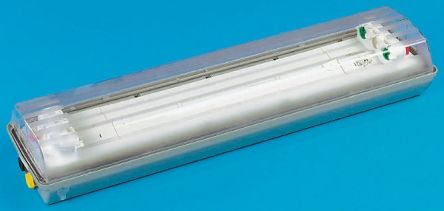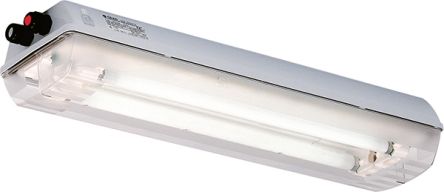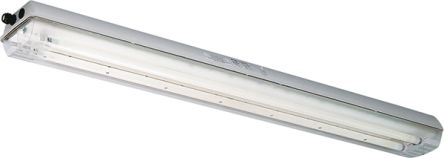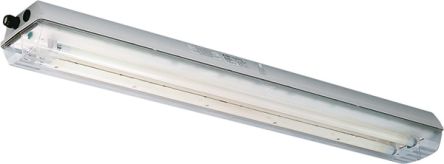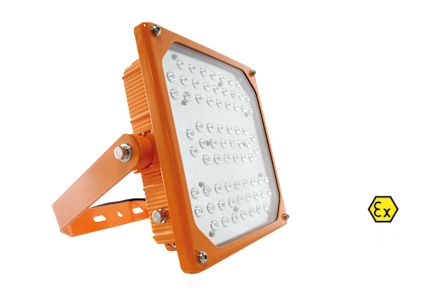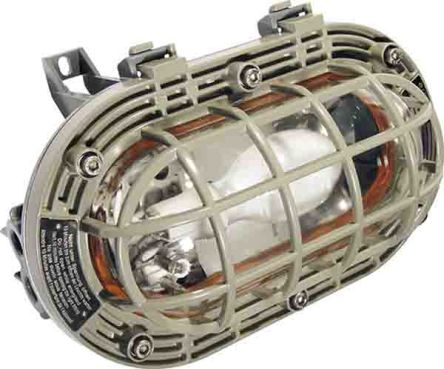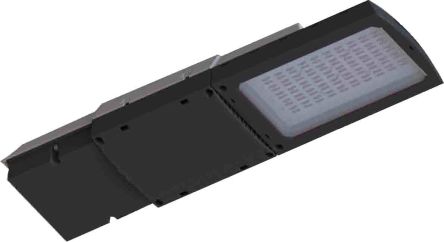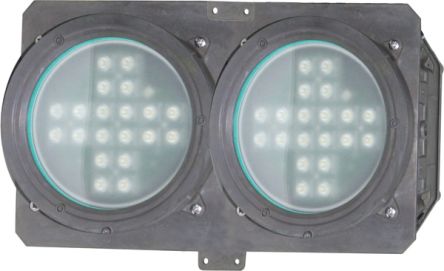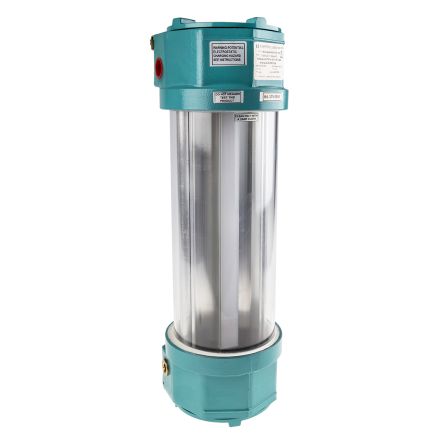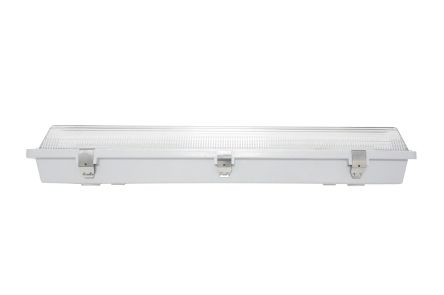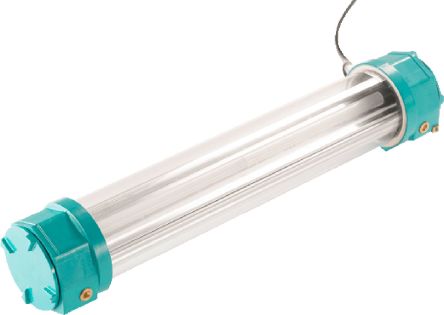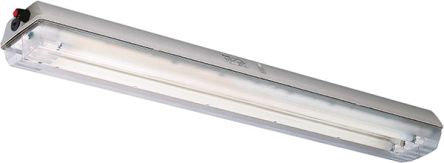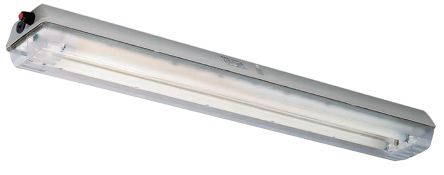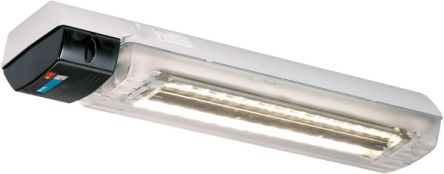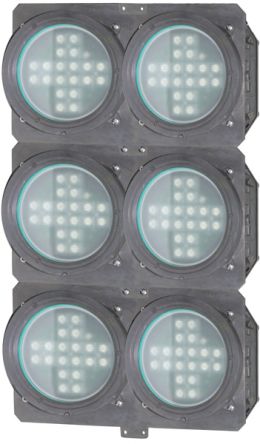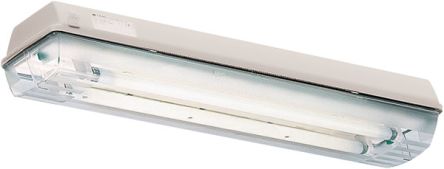- Automation & Control Gear
- Cables & Wires
- Enclosures & Server Racks
- Fuses & Circuit Breakers
- HVAC, Fans & Thermal Management
- Lighting
- Relays & Signal Conditioning
- Switches
- Batteries & Chargers
- Connectors
- Displays & Optoelectronics
- ESD Control, Cleanroom & PCB Prototyping
- Passive Components
- Power Supplies & Transformers
- Raspberry Pi, Arduino, ROCK, STEM Education & Development Tools
- Semiconductors
Hazardous Area Lights
We all need light, but do you know how important it is to have the correct type of light when working in a hazardous area? Hazardous areas present a high risk of death, severe injury, or a serious and imminent threat to your health. Hazardous Area Lights (HALS) are particularly important in these areas because there is always the possibility of explosions or electricity arcing. You will want to ensure that all people working in these areas wear the right PPE (personal protective equipment) and have access to the proper lighting.
Hazardous Lighting
Hazardous lighting is a common cause of injury and fires. It's important to know what hazardous lighting is, what causes it and how to avoid it.Hazardous lighting is any light that can cause an electrical shock or burn. This includes indoor and outdoor lights; however, hazardous outdoor lighting is more common because outdoor lighting has more options than indoor.Outdoor hazardous lighting typically occurs when people use lights that are not properly grounded or installed in wet locations. Both situations create an electrical hazard that can ignite combustible materials or cause an electrical shock. The following are some hazardous lighting situations to watch for:Improperly designed or installed lights.Inappropriate lamp wattage.Open-flame products, such as lanterns and candles, create a fire hazard. They should never be used indoors or near flammable materials.Candles, open flames, and incandescent bulbs all radiate heat. The heat can cause burns if it comes into contact with skin or clothing, making them hazardous for children and pets.Halogen lights emit UV radiation that can damage eyesight if you look directly at them or get too close to them for too long. Avoid using halogen lights around children and pets at all times!
Different types of hazardous area lights
Flameproof light fittings - These are made from glass, plastic, and metal materials, which will not ignite when exposed to a spark. They may have an extra insulation layer around the bulb to prevent it from exploding if it breaks due to rough handling or damage during installation.Explosion-proof led lights - These use LEDs instead of fluorescent tubes containing mercury vapor in their gas discharge tube (GDT). They are commonly used in outdoor applications where there is the risk of explosion due to the presence of flammable.Fireproof lights - They are designed for use in areas with a high fire risk of fire, like paper mills. They are designed to withstand extreme heat without being damaged by it. Intrinsically safe lights come in many shapes and sizes, with different features depending on your needs.
